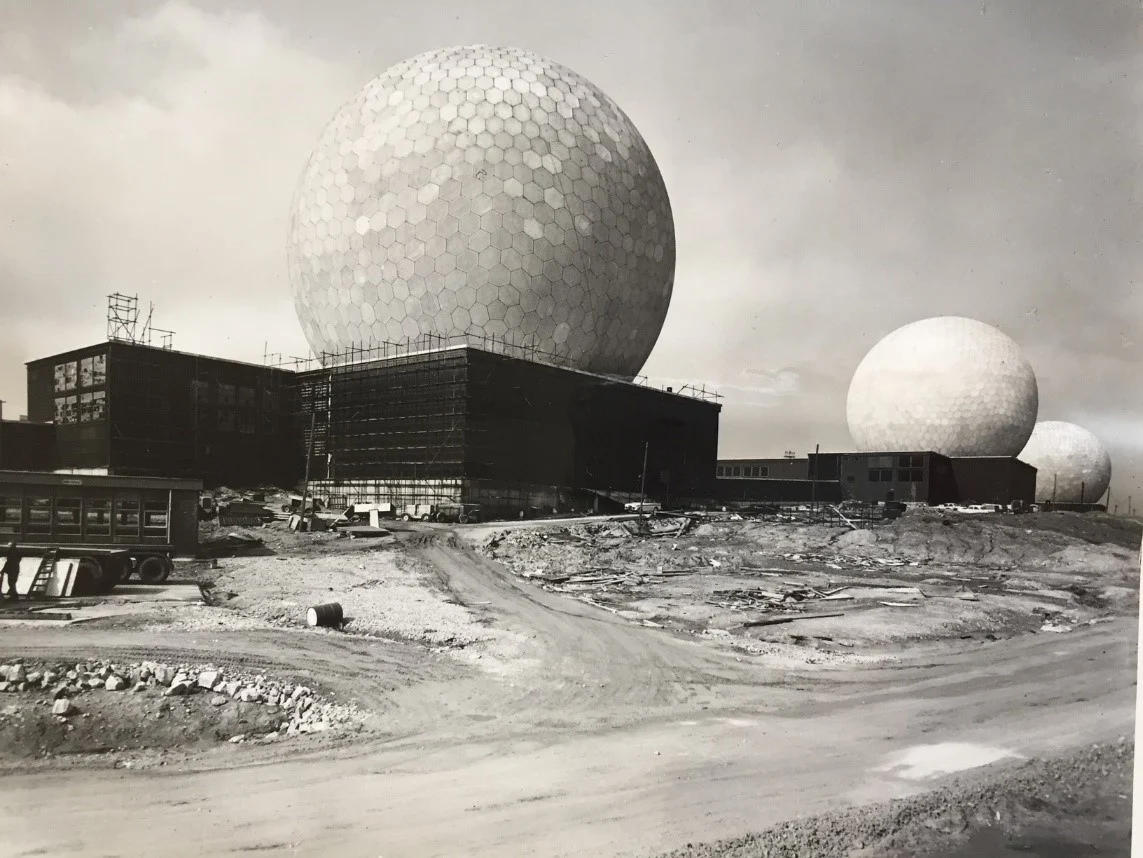Royal Air Force
Aiming for Net Zero, creating the first ViTAL Living Lab, and showcasing the history of space operations are some of the ways we’re flying high with the RAF
Aiming for Net Zero
Climate change is a problem we all face, touching on every aspect of society.
For the RAF, tasked with protecting the nation’s security, climate change creates humanitarian crises that threaten peace and global stability. That’s why it has set a target to reach Net Zero carbon emissions by 2040.
The Ministry of Defence contributes around 50% of all government carbon emissions, so the RAF has a huge challenge ahead.
To achieve their goal, the RAF needs to adopt technologies and solutions to accelerate decarbonising activities and switch to green fuel sources to reduce dependence on fossil fuels. To make matters more challenging, all of this must happen while maintaining operational capability at home and overseas in some of the most hostile and unforgiving environments on earth.
And this is where our world-leading researchers and experts come in.
The Living Lab
Based at RAF Leeming in Yorkshire, the Living Lab is an award winning partnership built to conduct and assess experiments to quantify efforts towards Net Zero.
Our teams worked together to discover innovative climate change solutions, such as the potential application of cutting-edge solar technology and new ways to assess the potential of geothermal energy.
Teams also explored the possibility of hydrogen and electrical power as potential energy sources for ground transport, as well as land management techniques for carbon capture.
Utilising the latest advances in the acquisition of geophysical data will generate new images of the subsurface beneath RAF Leeming to understand the potential geothermal resource that could contribute to decarbonising heating and cooling at the base.
Project ViTAL provides a terrific opportunity for the MoD to leapfrog to the front of the field in terms of addressing our sustainability and Net Zero carbon emissions challenges.
Carbon Capture
Newcastle University researchers want to understand the magnitude of carbon and form of carbon in soils across the RAF Leeming base.
To create the baseline, during October and September 2022, Dr Caio Zani and Dr Arlete Barneze collected 795 soil samples from playing fields, gardens, tenanted farmland, woodlands and large green expanses of land across the RAF Leeming base.
Over the next two years, the team will return once a month to measure carbon fluxes and explore the potential for carbon sequestration interventions, such as the one started at RAF Leeming predating ViTAL, where Prof David Manning and Kevin Stott applied basaltic rock dust and biochar to plots on the base to enhance soil carbon contents and sequester atmospheric CO2.
“At RAF Leeming, we have the opportunity to look very hard and in great detail at how soils can take carbon dioxide out of the atmosphere. With the support of the RAF, we can deliver a properly managed and conducted research experiment.”
Towards Net Zero
It is widely acknowledged that carbon sequestration techniques will need to combine with renewable energies if GHG emission reductions are to limit global warming to within the 1.5 °C Paris Agreement target. The IPCC predicts land-based solutions could potentially deal with 23% to 25% of the mitigations required globally to help us get to Net Zero.
“This experiment enables the RAF to explore and learn about soil carbon capture with a view to scaling up and contributing to the overall roadmap for a Net Zero RAF by 2040.”
Flying high with the RAF
From aiming for Net Zero to scanning the skies, we collaborate with the RAF in more ways than one.
Through the RAF Fylingdales project, we're working to make more than 50 years of unseen space technology visible to the public for the first time.
RAF Fylingdales has played a vital part in our national security since 1963, but to the public its work is still something of a mystery. Based on the North York Moors, the site is in the perfect location to watch and record the evolution of the Low Earth Orbit environment.
Many aspects of our everyday lives depend on technology in Low Earth Orbit, such as weather forecasting. To distinguish missile attacks from spacecraft and junk, RAF Fylingdales contributes to the global tracking of over 2,000 operational low-orbit satellites among a field of 20,000 pieces of space debris.
The site also provides a continuous ballistic missile early warning service to the UK and US governments, and is a key component of the UK and US nuclear deterrent.
Opening up the history of space tracking
Over the years, RAF Fylingdales has gathered together a fascinating collection of artefacts, and we're working to create an online archive to share this incredible history and current work with the public.
Since 2020, a project team has been sorting and cataloguing thousands of photographs, training manuals, correspondence, and specialist equipment to form the Fyingdales Archive, based at the North York site, but available online for everyone.
The project aims to promote and investigate the way space activities directly influence our everyday lives outside of the Fyingdales base – from lifestyle habits to music production.

